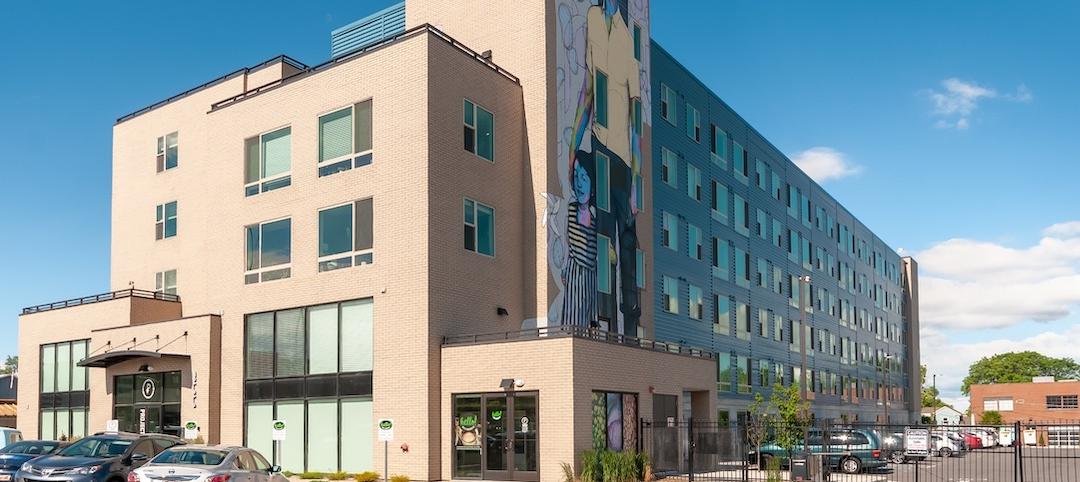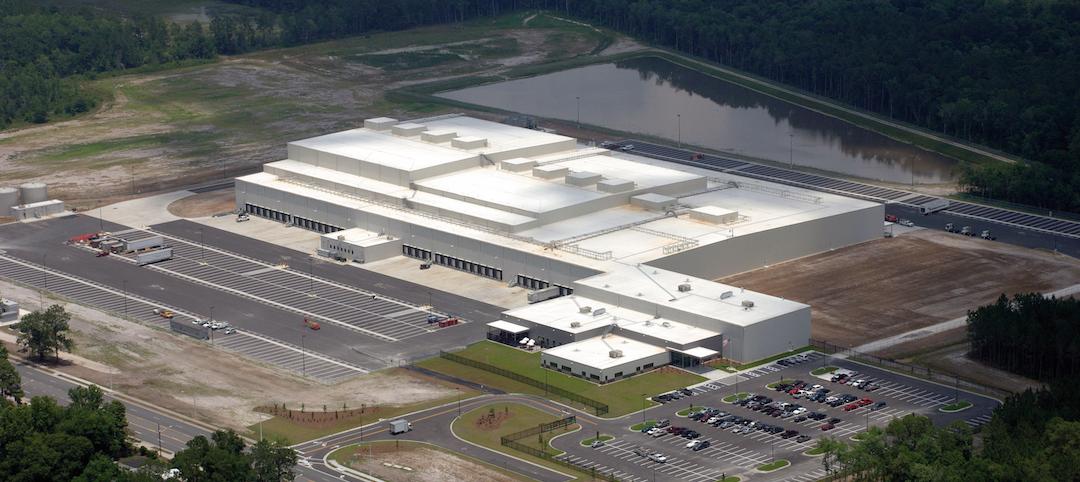The human brain remains one of the great mysteries of our time. This remarkably complex biological structure employs billions of nerve cells and even more connection points to execute every thought, movement, function, and emotion in our bodies. All humans are equipped with what is essentially a supercomputer between their ears, yet we lack a complete understanding of how it works, or how to maximize its full potential. But this is starting to change.
Advancements in neurotechnologies, combined with billions of dollars in public and private funding flooding the fields of cognitive neuroscience and behavioral neuroscience, have made the “thinking brain” one of the hottest areas of scientific research.
President George H.W. Bush declared the 1990s the “decade of the brain” to mark the start of a federal-level funding and awareness campaign around brain research. In 2013, President Obama, during the launch of the public-private BRAIN Initiative, likened the mapping of the brain to the “space race” of the 1960s.
Advancements in neurotechnology, combined with billions in funding, have made the ‘thinking brain’ one of the hottest areas of scientific research.
Indeed, the race is on to unlock the secrets of the brain—to find a cure for diseases like Parkinson’s and Alzheimer’s; to treat disorders like Autism and PTSD; to enhance treatment of acute brain injuries; and to gain a better understanding of cognition and human behavior.
The excitement surrounding brain research has piqued the interest of business leaders, who traditionally have relied of experience, intuition, and tried-and-true methods for many facets of business, from sales and marketing to recruitment/retention to operations.
Why do people make the decisions they do? And, more importantly, how can we effectively influence people in their decision-making? The answers to these questions have the potential to transform any business organization, including AEC firms.
With this understanding, the SMPS Foundation, the research arm of the Society for Marketing Professional Services, set out to explore the known principles and most recent research surrounding the human brain and behavioral science. The goal: to discover connections between the science and the AEC business.
This six-month research project, headed by psychologist and behavioral scientist JonRobert Tartaglione, Founder of Influence51, culminated in August with the release of a 20-page report, “The Neuropsychology of Influence and Decision-Making.” In it, Tartaglione presents distinct concepts related to influence and decision-making, with advice on how AEC firms can apply these concepts.
On behalf of the SMPS Foundation Board of Trustees (I’m a proud two-year board member), I invite you to download this important report. It’s a must-read for any AEC firm leader.
Related Stories
Architects | Sep 11, 2019
Buoyed by construction activity, architect compensation continues to see healthy gains
The latest AIA report breaks down its survey data by 44 positions and 28 metros.
Multifamily Housing | Sep 10, 2019
Carbon-neutral apartment building sets the pace for scalable affordable housing
Project Open has no carbon footprint, but the six-story, solar-powered building is already leaving its imprint on Salt Lake City’s multifamily landscape.
Giants 400 | Sep 9, 2019
Top 70 Industrial Sector Architecture Firms for 2019
AECOM, Stantec, Ware Malcomb, FSB, and Macgregor Associates top the rankings of the nation's largest industrial sector architecture and architecture engineering (AE) firms, as reported in Building Design+Construction's 2019 Giants 300 Report.
Giants 400 | Sep 9, 2019
2019 Industrial Sector Giants Report: Managing last mile delivery
This and more industrial building sector trends from Building Design+Construction's 2019 Giants 300 Report.
Codes and Standards | Sep 9, 2019
Free app calculates maximum allowable heights and areas for buildings
A free app that calculates the maximum allowable heights and areas for buildings of various occupancy classifications and types of construction has been released.
Retail Centers | Sep 6, 2019
Another well-known retailer files for bankruptcy: Here's the solution to more empty anchor stores
Where can you find the future of retail? At the intersection of experience and instant gratification.
Giants 400 | Sep 5, 2019
Top 110 Hotel Sector Architecture Firms for 2019
Gensler, WATG, HKS, HBG Design, and Steelman Partners top the rankings of the nation's largest hotel sector architecture and architecture engineering (AE) firms, as reported in Building Design+Construction's 2019 Giants 300 Report.
Architects | Sep 5, 2019
AIA launches landmark initiative to drive climate action
AIA Board of Directors approves member-led resolution to rally architects in mitigating and adapting the built environment.
Giants 400 | Sep 3, 2019
Top 140 K-12 School Sector Architecture Firms for 2019
DLR Group, PBK, Huckabee, Stantec, and VLK Architects top the rankings of the nation's largest K-12 school sector architecture and architecture engineering (AE) firms, as reported in Building Design+Construction's 2019 Giants 300 Report.
Market Data | Sep 3, 2019
Nonresidential construction spending slips in July 2019, but still surpasses $776 billion
Construction spending declined 0.3% in July, totaling $776 billion on a seasonally adjusted annualized basis.

















